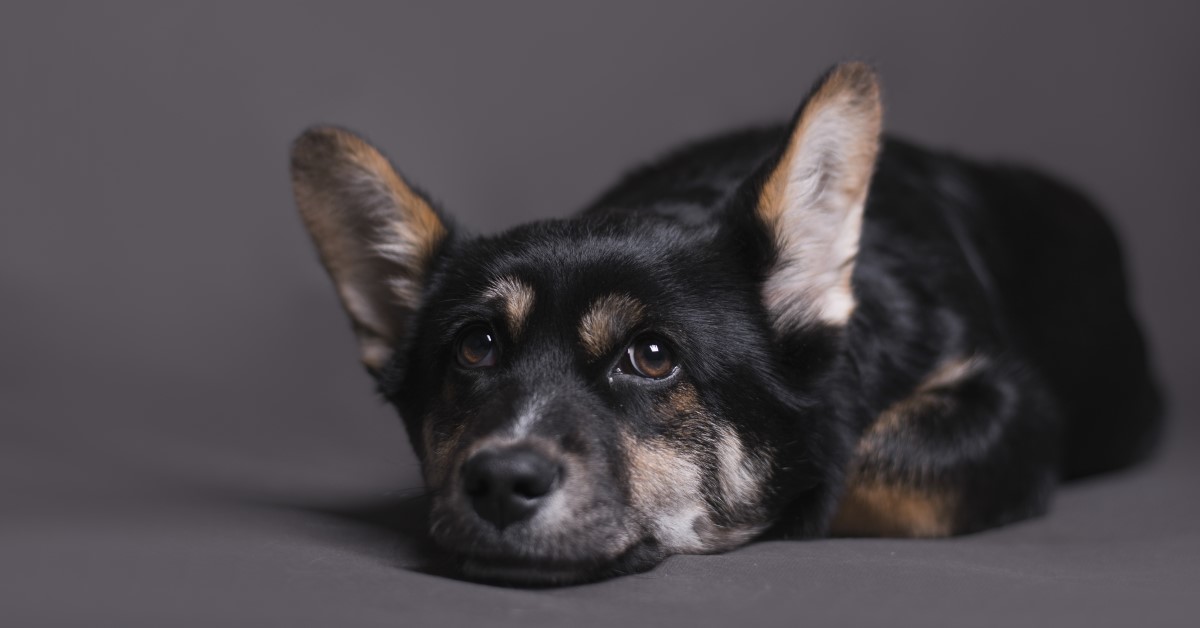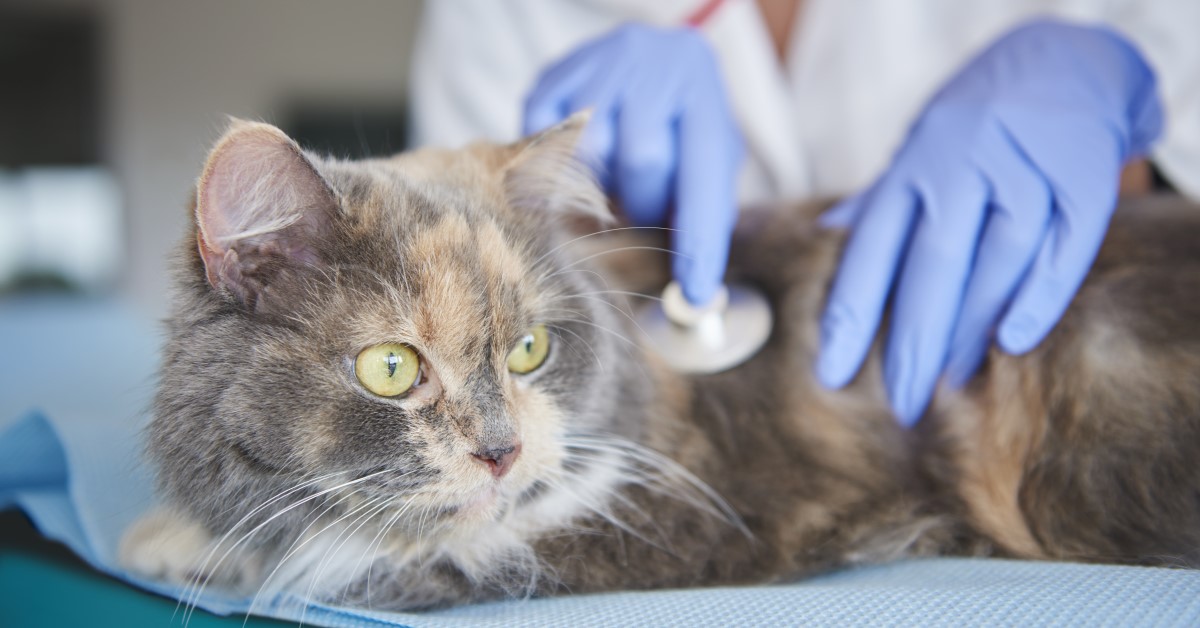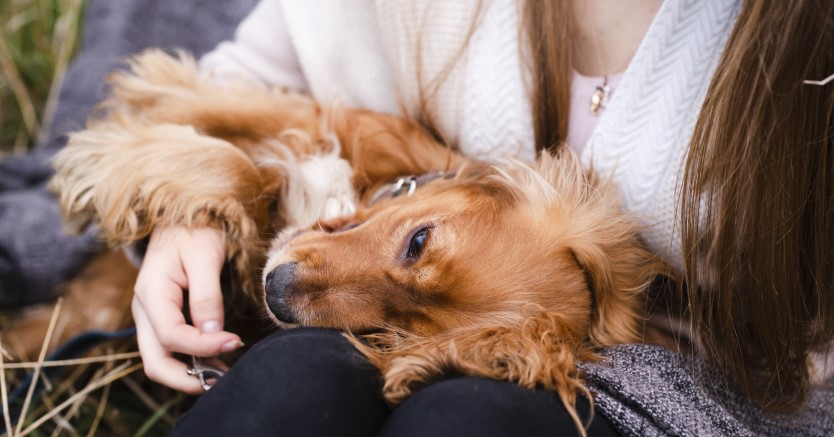Lumps and Bumps: When To Be Concerned
While most lumps and bumps in pets are harmless, it’s important to know what to look for that could indicate an abnormal growth.

It can be scary to discover a lump or bump on your pet. Your first thought may be of cancer or some other serious illness. The good news is that most of these skin abnormalities are nothing to worry about. According to Paws and Claws Animal Hospital, most skin tumors in cats and dogs are benign or non-cancerous. Nonetheless, it’s important to be aware of signs and symptoms that could indicate that a lump or bump is more dangerous than it seems. Learn more about common lumps and bumps in pets and when a growth may be cause for concern.
Common Lumps and Bumps in Pets
- Fatty Tumors – This type of growth is most common in middle-aged and older pets. Fatty tumors can develop nearly anywhere on the body but are most common in the rib area. Any breed can develop a fatty tumor and they are most likely to develop in an overweight cat or dog.
- Warts – Warts in pets are caused by a virus and commonly occur in the mouths of younger pets. Oftentimes, warts will go away on their own but they may need to be surgically removed in older pets.
- Sebaceous Cysts – A sebaceous cyst is a type of blocked oil gland that appears similar to a pimple. When the cyst bursts, it emits a white, pasty material.
- Abscesses – An abscess is an accumulation of pus that collects under the skin, typically caused by an infection or bite from an animal or insect.
- Mast Cell Tumors – This is a common skin cancer that develops in dogs. Primarily breeds like Labradors, Boxers, Beagles, Schnauzers, and Boston Terriers. They are also the second most frequently seen skin tumor in cats.
When Is a Lump or Bump Serious?
It’s best to consult with your vet anytime you discover a bump or lump on your pet that is new or has changed since your last visit. In between vet visits, be on the lookout for the following signs and symptoms that could indicate a more serious condition:
- Fast-Growing Bump
Consider how fast your pet’s bump is growing. If it has grown noticeably larger over the course of a month, you may want to consider removal before it becomes too large. Growths are typically easier to remove when they are smaller, especially bumps on the face, head, and legs where there may not be sufficient skin to close the wound once the bump has been removed.
- Discharge from the Lump
If your pet’s lump starts to ooze any type of fluid, promptly schedule an evaluation with your vet or local veterinary emergency clinic. White, green, or yellow pus coming from a lump could signal that your pet has an infection. Other common signs of infection in cats and dogs include redness, swelling, heat, pain, and a wound that bleeds easily.
- Painful Bumps
Some pets may not notice that they have a lump or bump, while other pets may try to scratch, lick, or rub the body part containing the growth. If you notice that your cat or dog responds in pain when the bump is touched or when the body part containing the bump is moved, your pet should be promptly evaluated by your vet.
- Series of Bumps that Appear Suddenly
If your pet suddenly has multiple lumps or bumps that appear simultaneously and increase in size in just a few minutes, it may be due to an allergic reaction. Similar to humans, cats and dogs can experience allergies that occur when the immune system overreacts to something that is not usually a threat, such as airborne pollen. Pets can be allergic to a variety of things, such as ingredients in the food they eat, particles in the air, or something that their skin comes into contact with. Pets with allergies may develop hives which appear as a series of bumps on the skin that occur suddenly. Other common symptoms include runny eyes, sneezing, scratching, and hot spots.
- Weight Loss of Appetite Changes
When a lump or bump is cancerous, it can sometimes lead to appetite changes. Although weight loss from cancer typically occurs rapidly, it can also be a gradual weight loss or change in eating habits. If you are concerned about your pet’s weight loss or changes in appetite, speak to your vet.
- Difficulty Urinating or Defecating
Some types of cancer affect an animal’s urinary or intestinal tracts, which can interfere with normal urination and defecation. In dogs, anal gland carcinomas or transitional cell carcinoma of the bladder can develop. In cats, lymphoma in the intestinal tract can develop, resulting in symptoms like blood in the urine or stool. If your pet is having trouble urinating, defecating, or displays other concerning symptoms, schedule a visit with your vet to discuss treatment.
Treating Your Pet’s Lumps and Bumps
Treatment for a lump or bump in a cat or dog will depend on the cause of the growth and whether or not it’s cancerous. If the growth is small and expected not to be cancerous, your vet may recommend monitoring it over time to see if it changes. If the growth is quickly growing in size, impacts your pet’s mobility, is cancerous, or if the owner would like the lump removed, a vet may anesthetize the animal and remove the entire growth.
Ready to start saving money on pet wellness care?
Then take a look at Mint Wellness, the pet wellness plan that provides fast reimbursement on routine pet care. Save on vaccinations, wellness exams, preventatives, dental, and more!
Learn More


